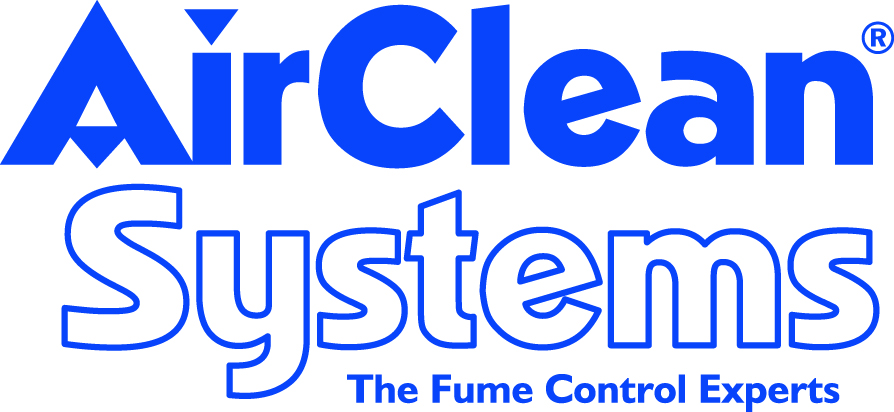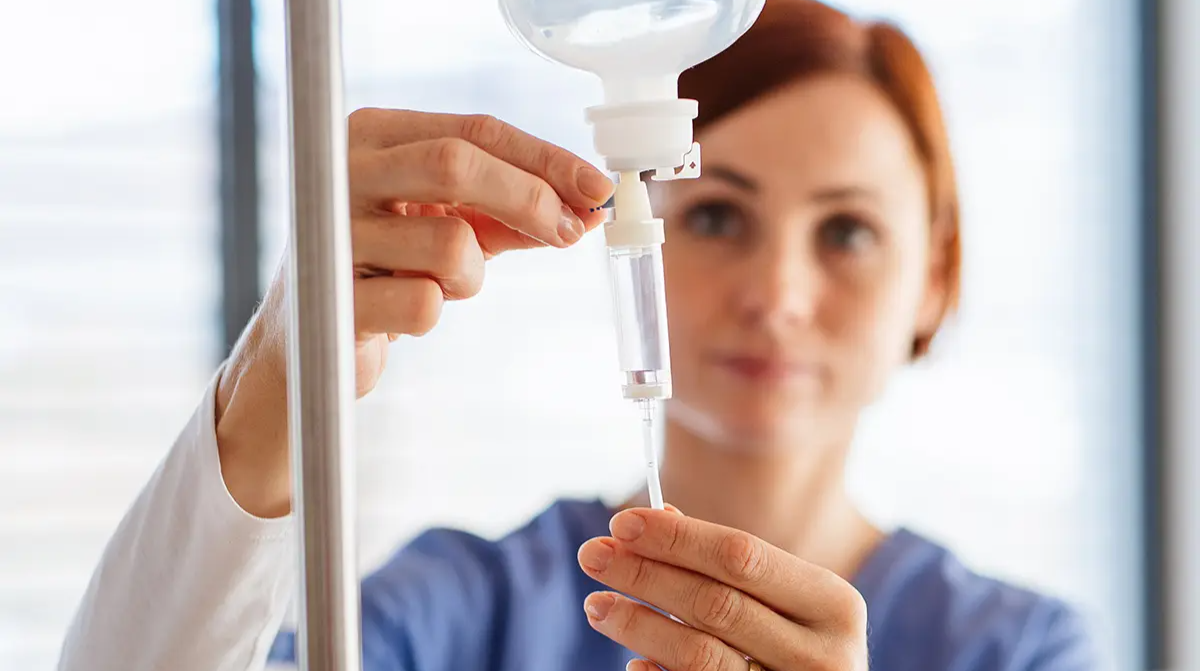What is IV therapy?
Intravenous (IV) therapy has become commonplace in hospitals with up to 90% of hospital patients receive IV therapy at some point during their stay. Some healthcare systems have even introduced in-home IV therapy programs for patients requiring long-term treatments. More recently, wellness centers and medical spas have also started offering IV fluids to their members. During treatment, fluids, medicine, nutrition, or blood are delivered directly into the blood stream by inserting a small catheter into a vein or artery. Catheters for IV therapy should only be placed by a trained medical professional to prevent infection at the insertion site, an embolism, or other adverse event. IV therapy can be used for many purposes that are largely determined by the contents of the IV fluid. The most basic IV fluids include solutions of saline, glucose or combinations of saline with buffers or electrolytes. However, many treatment regimens require additional medications or nutritional components to be added to one of these base solutions. These more complex fluids can be purchased pre-mixed or can be mixed by a licensed pharmacist or in some situations, other medical professionals to create an IV admixture. IV admixture mixing or compounding is a common practice in hospital pharmacies. Some medications are not stable in liquid form and must be stored as powders that are mixed with a diluent prior to addition to an IV fluid/bag. Alternatively, a patient’s treatment plan may require a particular mixture or dosage of medication(s) that is not commercially available. Read more >





